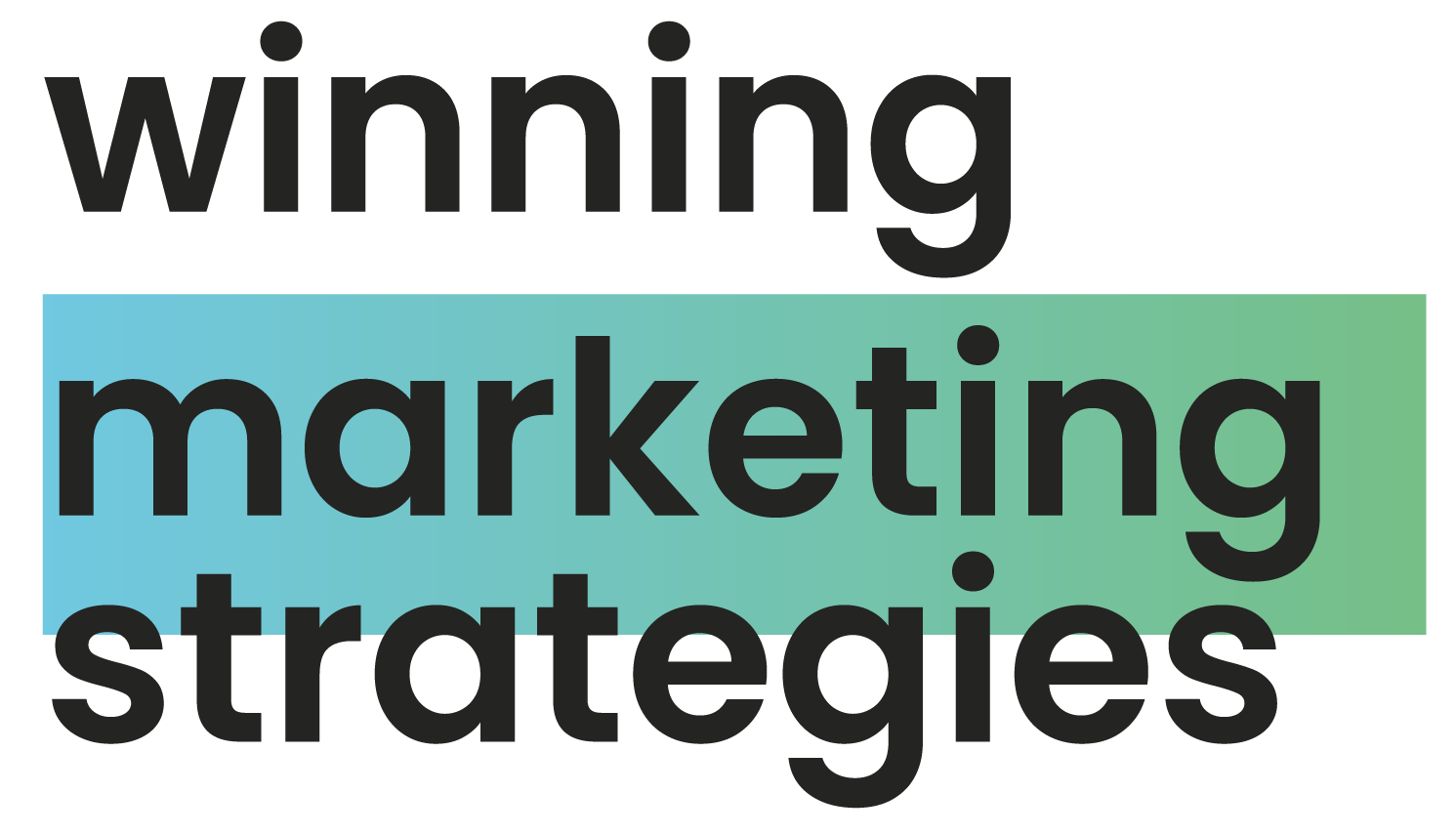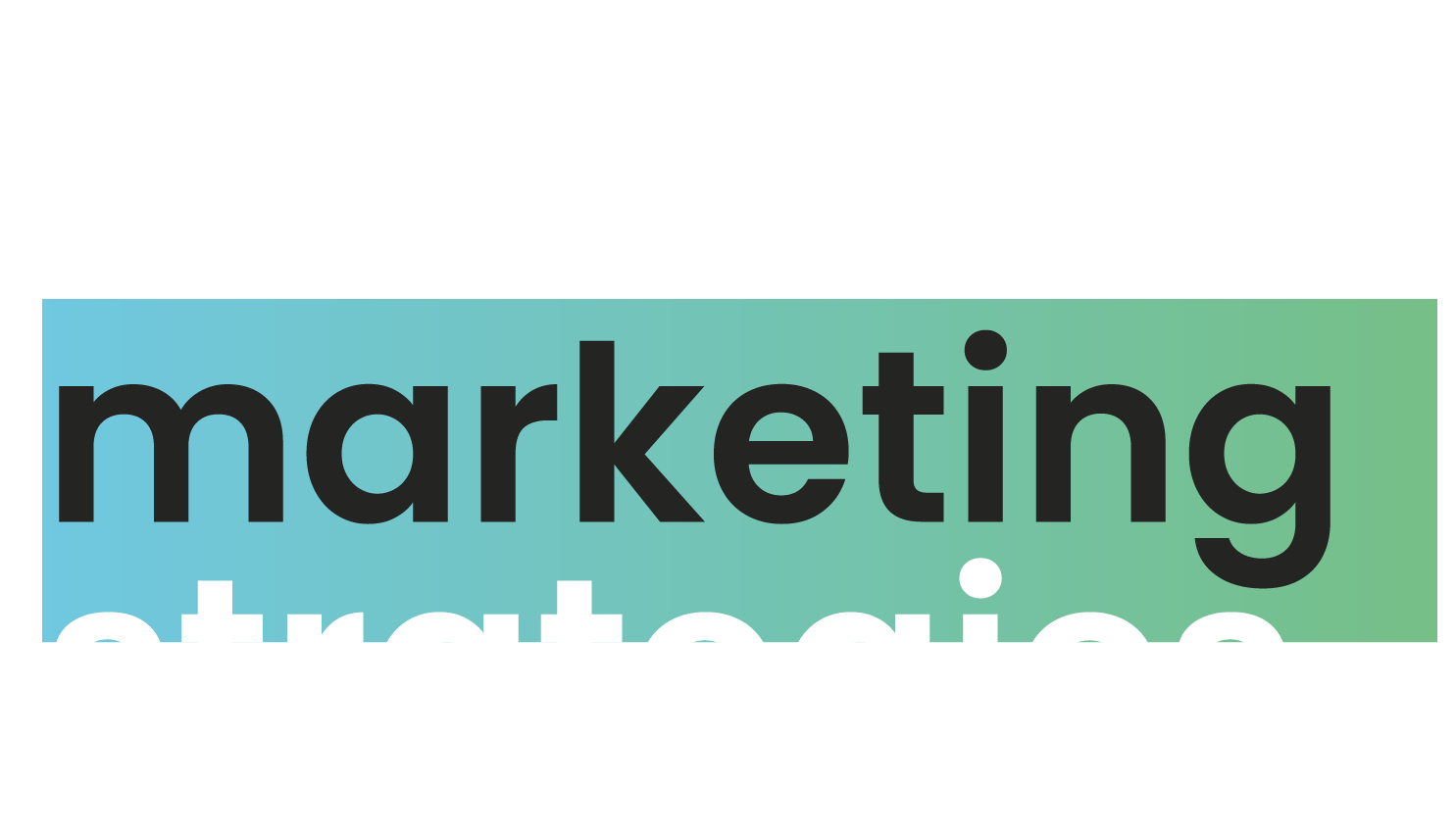Running Facebook Ads for Shopify stores can be a great way to reach a broad audience and generate leads or sales. You can create different types of ads and target your audience based on their interests and behaviors. You can also use ad extensions to get more detailed information about your targets. To get started, check out our Shopify Facebook ads guide below.
How do Facebook ads work for Shopify?
Facebook ads have become a powerful marketing tool for businesses of all sizes. They can be used to attract new customers, boost brand awareness, and drive sales. But how do Facebook ads work for Shopify?
Like most other platforms, Facebook allows businesses to create targeted ads that promote their products or services to specific demographics. These ads can be placed on the business’s Facebook page and any associated pages (like Instagram and Twitter).
There are several key factors to consider when creating effective Shopify ads on Facebook. The ad’s headline, description, images, and a copy must be explicitly tailored to your target audience. Additionally, you need to set a budget and timeline for your campaign in order to ensure it achieves its objectives.
What are dynamic Facebook ads for Shopify?
Facebook dynamic ads are a form of remarketing that promotes relevant products to shoppers who have previously interacted with a brand or product on Facebook. This allows businesses to target potential customers who have expressed an interest in their product and increase sales.
Dynamic ads work by tracking what pages people have visited on Facebook, as well as what posts and pages they’ve engaged with. When you create a dynamic ad, Facebook will use this data to suggest products that may interest the person who saw your ad.
Dynamic ads can be used for both commercial and non-commercial purposes. Commercial Dynamic Ads allow businesses to target users who have shown an interest in their products through email marketing campaigns or other forms of engagement. Non-commercial Dynamic Ads are perfect for increasing the viewership of your page or blog and can be used to promote upcoming events or new content.
What should I know about ads pixel for Shopify Facebook ad?
There needs to be more clarity about an ads pixel for Facebook ads. An ads pixel is a tracking tool businesses can use on their websites or Facebook pages to understand how people interact with their ad content. It works by adding a small code snippet to the bottom of any web page or Facebook post that includes an advertising campaign. When someone clicks on one of the adverts, the pixel will track which page they visit after clicking on the ad and store that information in a database. This way, you can see which parts of your website or Facebook post are being clicked on most often and use that data to improve your ad strategy accordingly.
Google Ads vs. Facebook ads Shopify: The difference explained
Google Ads has been known as the go-to platform for online advertising. On the other hand, Facebook ads are more popular with smaller businesses and organizations. So what’s the difference? Here’s a look:
- Google Ads is superior in terms of targeting options and data analysis. With Google Ads, you can target users based on their location, interests, and demographics. Facebook doesn’t offer nearly as many targeting options as Google, so it may not be the best choice for some businesses.
- With Google Ads, you can create dynamic ads that change based on what users are searching for on the web. This gives your ads an extra level of engagement and makes them more likely to be clicked on by potential customers. Facebook doesn’t offer this type of customization, so your ads may need to be more effective.
- Google Ads offers more features overall, including the ability to create custom audiences and set targeting criteria that are more specific than what Facebook Ads provides. However, Facebook Ads have a wider reach since they can be used to market to a much larger audience than Google Ads.
- Facebook has unique advantages over Google Ads in marketing your Shopify store. For example, Facebook allows you to use promoted posts and ads to drive traffic from your website directly to your Shopify product pages.
How to set up Facebook ads for Shopify?
Setting up Facebook Shopify ads can help you reach a larger audience with your products and services. Here are some tips to get started:
- The first thing you need is an account with Facebook. After that, you must structure a campaign and choose your ad type. You can use three types of ads on Facebook: organic, sponsored posts, and paid ads. Organic ads are the most popular way to advertise on Facebook because users see them as trustworthy. Sponsored posts are similar to organic ads but require sponsors who will pay Facebook for space in their ads. Paid ads are the third type of ad that cost money to run.
- Create a campaign and specify your target audience. You can target people who have already visited your Facebook page, people who have engaged with your content, or people who live in certain areas.
- Next, determine the goals of your campaign. Increase brand awareness, acquire new customers, or drive traffic to your website.
- Choose the targeting options that best fit your goals. You can select specific demographics (such as age, location, and interests), create custom audiences based on customer feedback, or use retargeting ads to reach people who have already purchased from you.
- Set budget restrictions and start scheduling ads! When setting up budgeting for your Facebook ads, ensure you spend your time appropriately. This will help keep your campaign running smoothly and avoid wasting money on ineffective ads. Start by determining how much you’re willing to spend per day and week, then adjust as needed.
How much are Facebook ads for Shopify?
The cost of advertising on Facebook can vary depending on the size and type of business, but on average, companies should expect to spend between $5 and $10 per day. This price range will depend on several factors, including the amount of traffic the business is targeting, the budget, and the complexity of the ad campaign.
Facebook offers several different ad formats, including text ads, picture ads, and video ads. Each format has its strengths and weaknesses; for example, video ads are more effective when focused on a specific product or service. Advertising with Facebook also has some unique benefits. For example, Facebook users are more likely to be engaged with an ad if it’s relevant to them.





